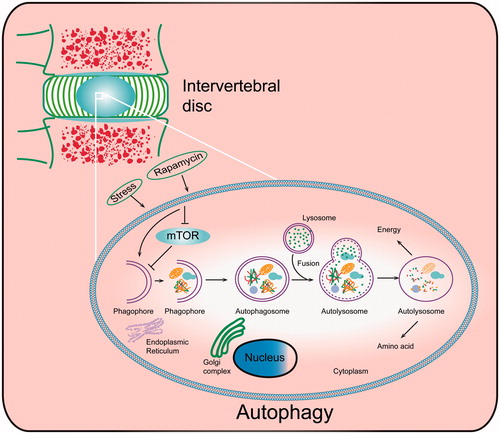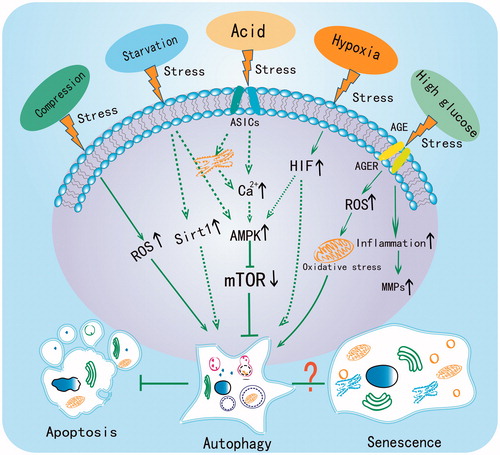Figures & data
Table 1. Responses and adaptations of disc cells to starvation.
Table 2. Responses and adaptations of disc cells to acidic stress.
Table 3. Responses and adaptations of disc cells to hyperglycemia stress.
Table 4. Responses and adaptations of disc cells to mechanical stress.


